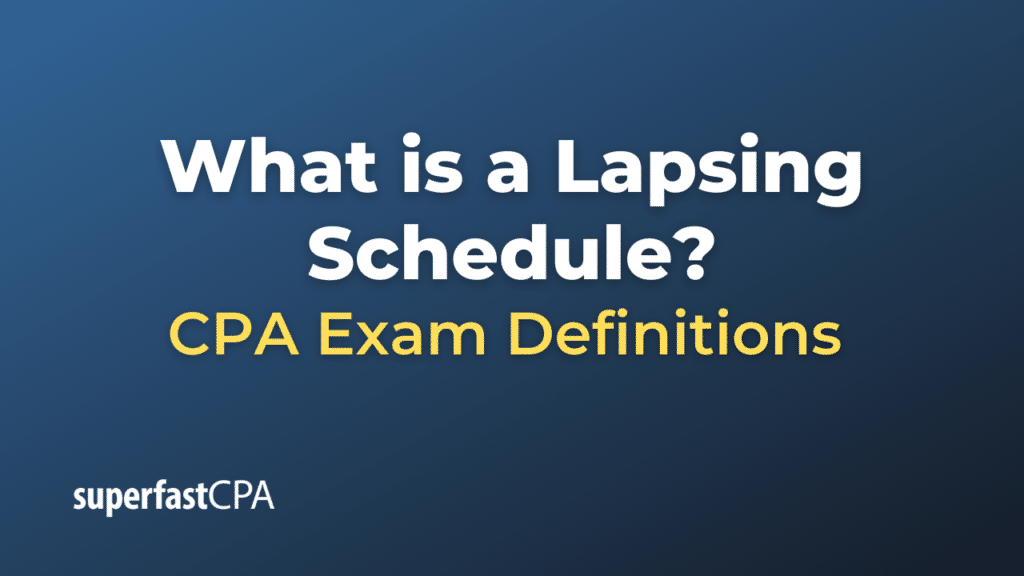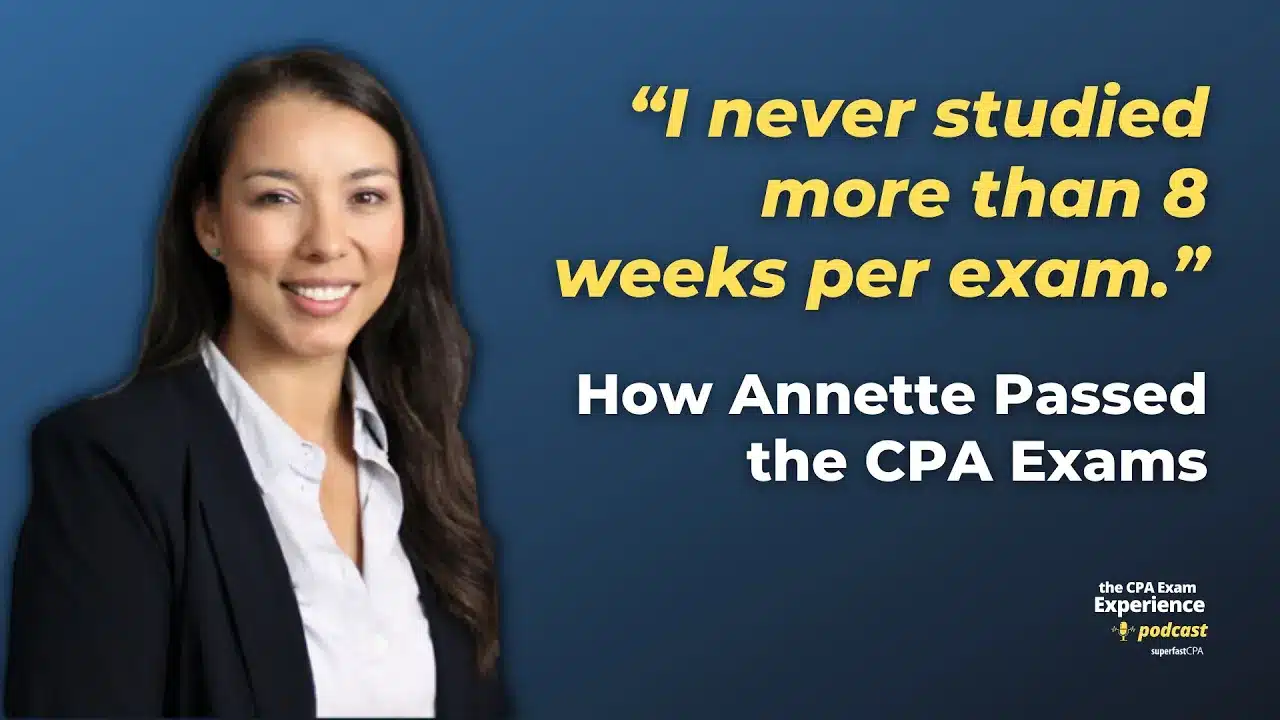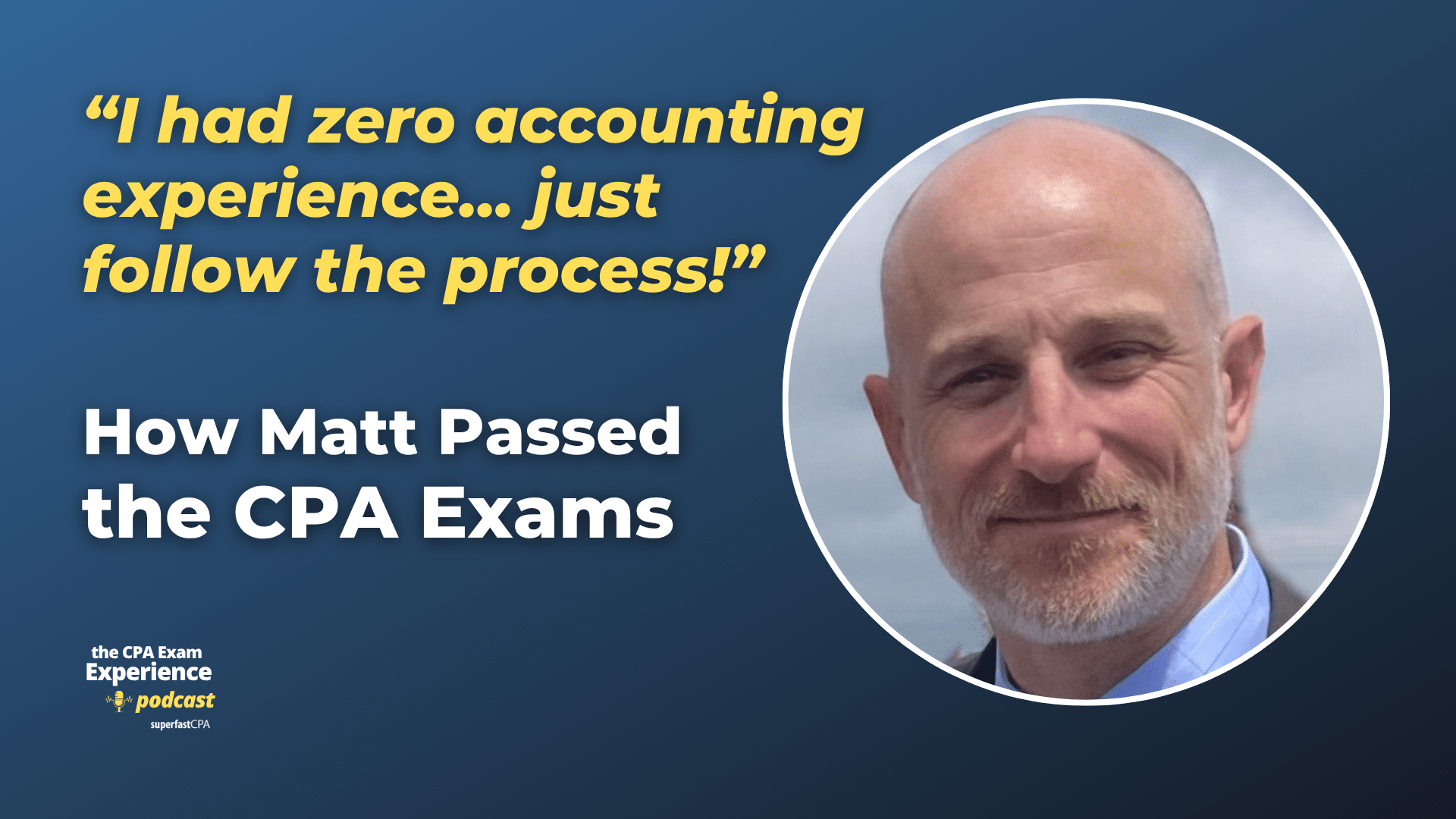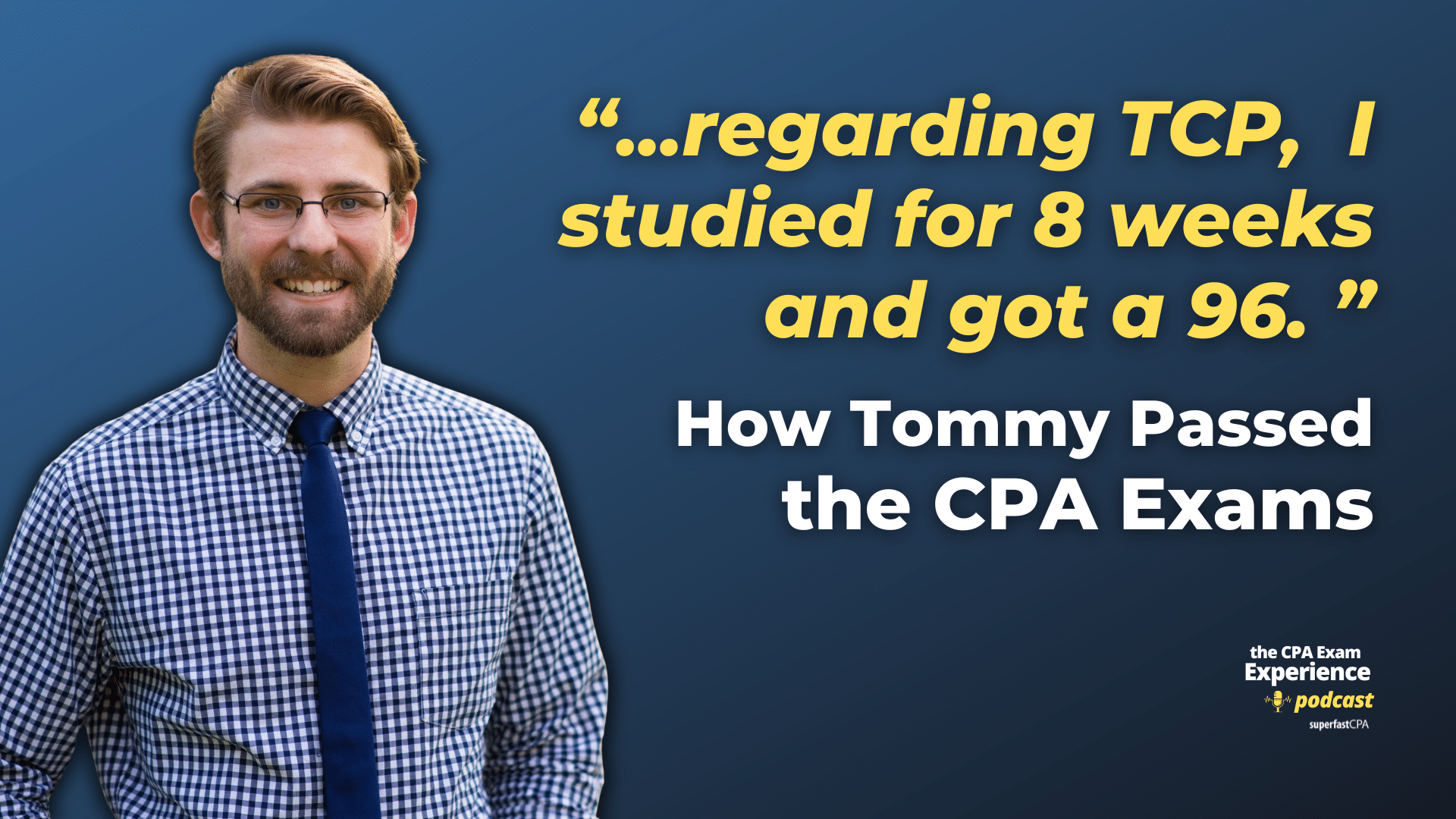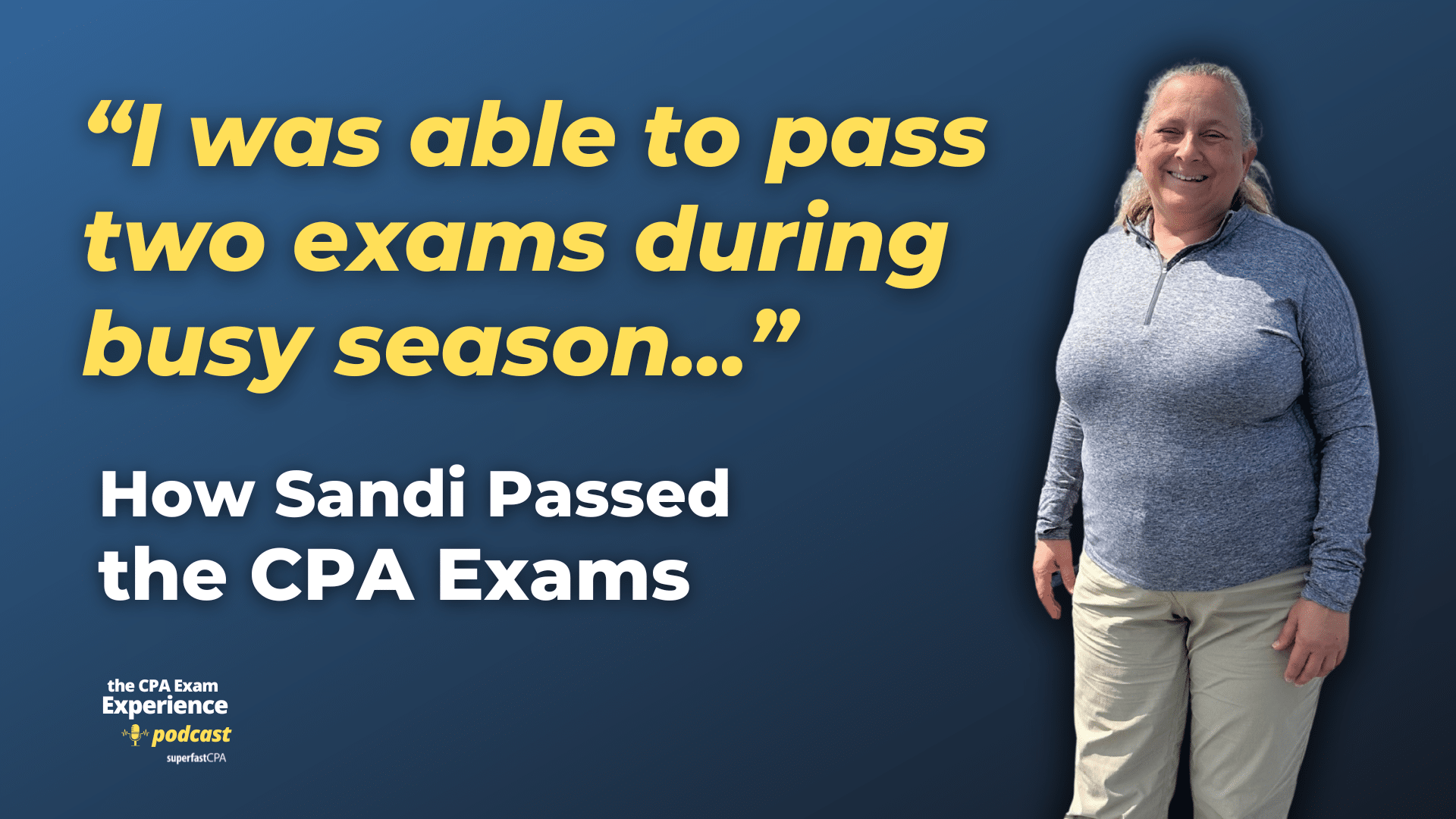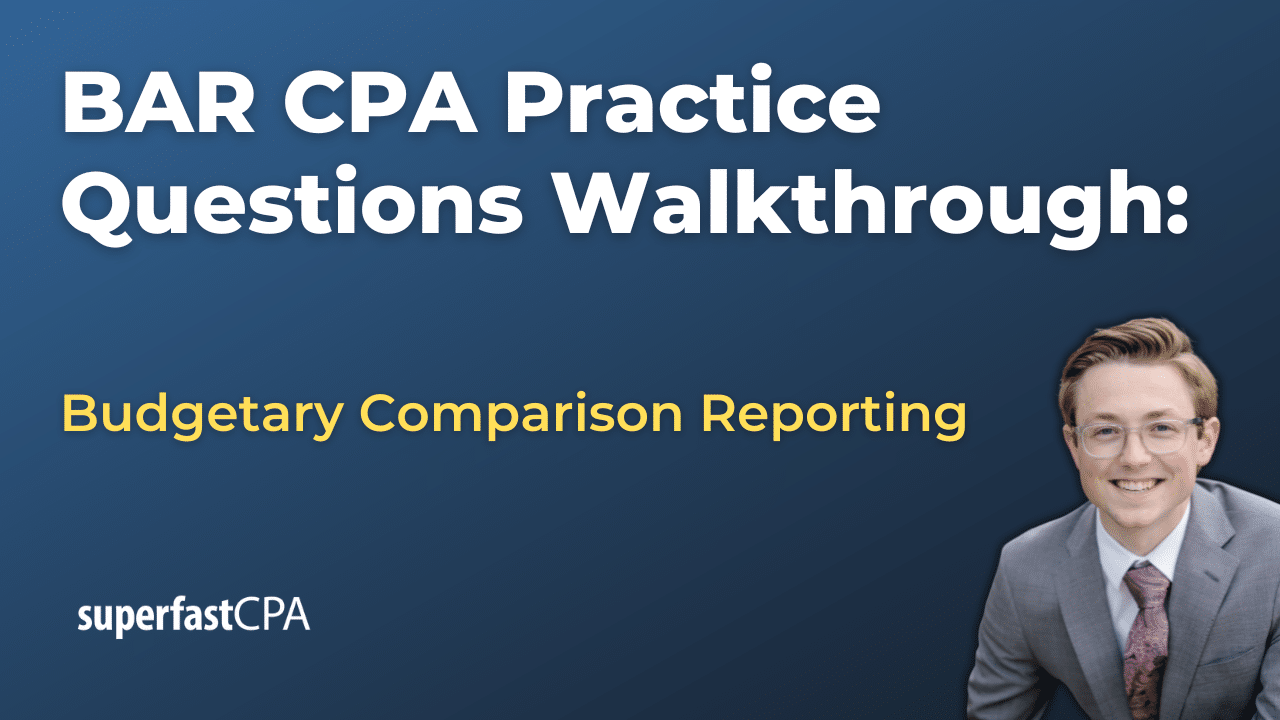Lapsing Schedule
A lapsing schedule is an accounting tool used to track and record the depreciation of assets over time. It provides detailed information about the accumulated depreciation of an asset, its book value at any given time, and the depreciation expense for each accounting period.
A lapsing schedule is particularly useful for businesses that have many depreciable assets, such as machinery or equipment. It can help the business keep track of the value of each asset, monitor when assets are fully depreciated, and plan for future capital expenditures.
A typical lapsing schedule might include the following information for each asset:
- Description of the asset
- Date of acquisition
- Cost of the asset
- Estimated salvage value (the estimated value of the asset at the end of its useful life)
- Estimated useful life (how long the asset is expected to be used in the business)
- Method of depreciation
- Depreciation expense for each period
- Accumulated depreciation to date
- Book value at the end of each period (original cost minus accumulated depreciation)
By maintaining a lapsing schedule, a company can ensure that its financial statements accurately reflect the value of its depreciable assets. This is important for both internal decision-making and for providing accurate information to investors, lenders, and other stakeholders.
Example of a Lapsing Schedule
Let’s go through a simplified example of a lapsing schedule for a company that purchased machinery for ,000, with an estimated useful life of 10 years and a salvage value of $1,000 at the end of those 10 years. The company uses straight-line depreciation, which means the same amount will be depreciated every year.
Here’s how the lapsing schedule might look:
| Year | Beginning Book Value | Depreciation Expense | Accumulated Depreciation | Ending Book Value |
|---|---|---|---|---|
| 1 | $10,000 | $900 | $900 | $9,100 |
| 2 | $9,100 | $900 | $1,800 | $8,200 |
| 3 | $8,200 | $900 | $2,700 | $7,300 |
| 4 | $7,300 | $900 | $3,600 | $6,400 |
| 5 | $6,400 | $900 | $4,500 | $5,500 |
| 6 | $5,500 | $900 | $5,400 | $4,600 |
| 7 | $4,600 | $900 | $6,300 | $3,700 |
| 8 | $3,700 | $900 | $7,200 | $2,800 |
| 9 | $2,800 | $900 | $8,100 | $1,900 |
| 10 | $1,900 | $900 | $9,000 | $1,000 |
Here’s how to read it:
- “Beginning Book Value” is the value of the asset at the beginning of the year. It’s the original cost of the asset minus the accumulated depreciation from previous years.
- “Depreciation Expense” is the amount the asset’s value decreases this year. In this case, it’s $900 every year (the cost of the asset minus the salvage value, divided by the useful life: ($10,000 – $1,000) / 10 years = $900 per year).
- “Accumulated Depreciation” is the total amount the asset has depreciated since it was purchased. It’s the sum of the depreciation expense for all previous years.
- “Ending Book Value” is the value of the asset at the end of the year. It’s the beginning book value minus this year’s depreciation expense.
By the end of the 10th year, the machinery’s value has depreciated to its salvage value of $1,000. The company now knows it’s time to plan for the replacement of the machinery if it hasn’t done so already.

